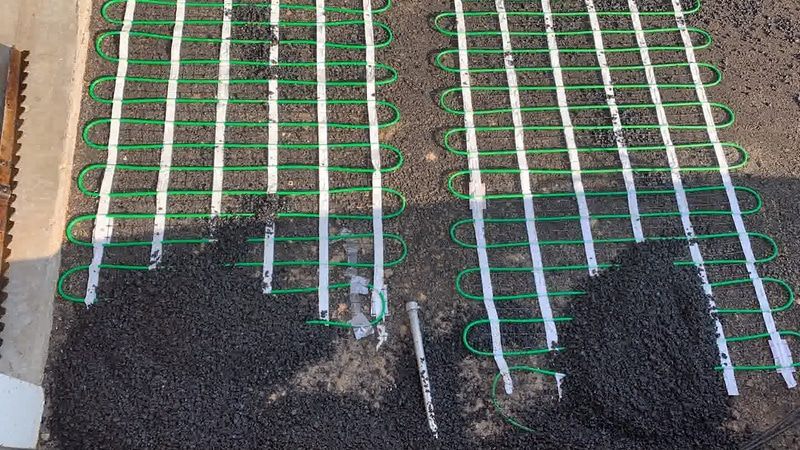Featured Video
Full Coverage Snow Melting System Installation in an Asphalt Driveway
Watch as Kaplan Paving installs an electric snow melting system in an asphalt driveway. Heated driveways provide maximum convenience for homeowners (and business owners) by eliminating snow without the back-breaking labor of shoveling or the cost and danger of ice-melting chemicals. The heating system in this driveway project was installed to provide full coverage heating. This project also had a pretty significant slope, which necessitated the use of a storm drain to catch all of the melted snow.
































































































































































































































































































